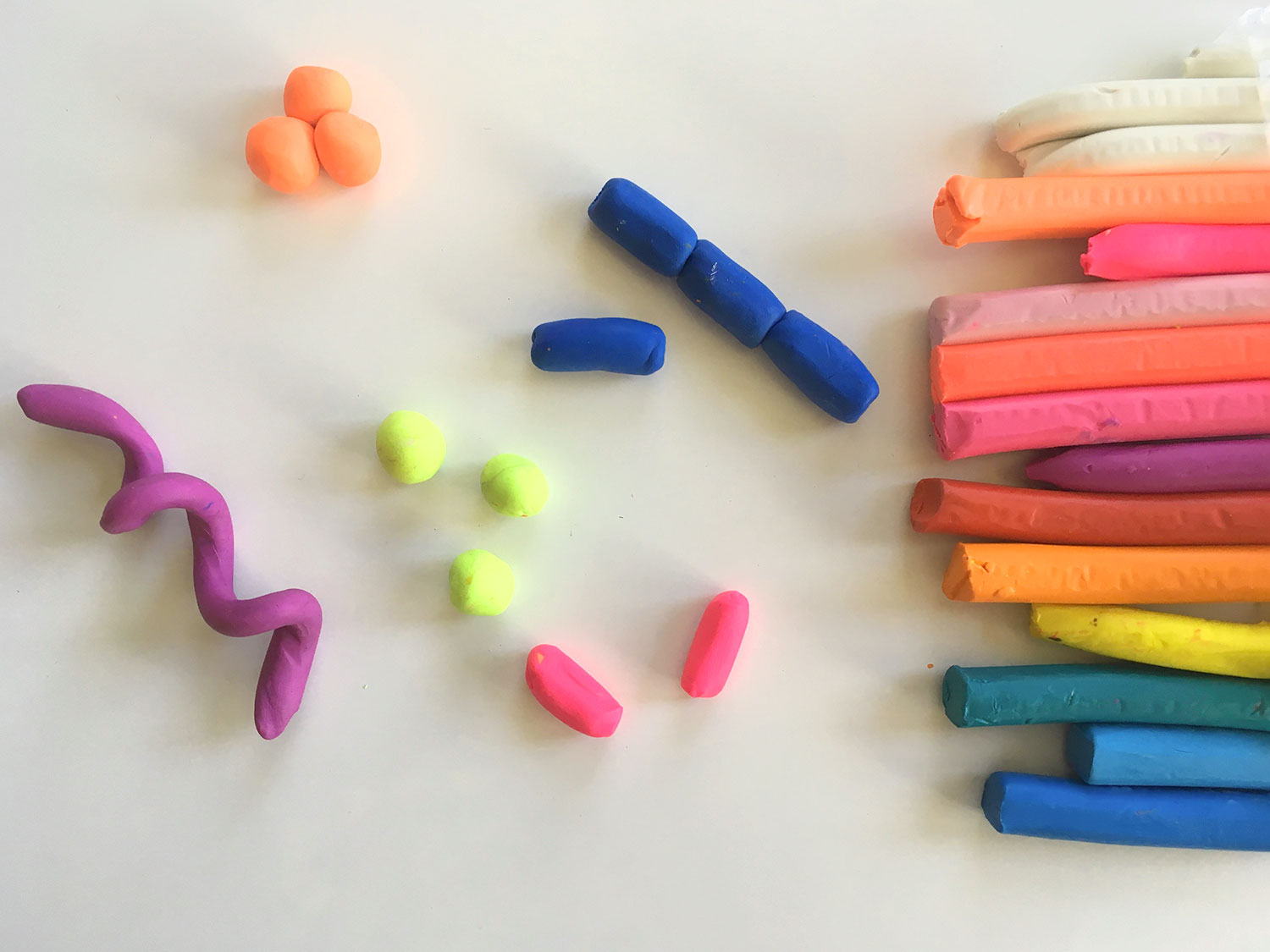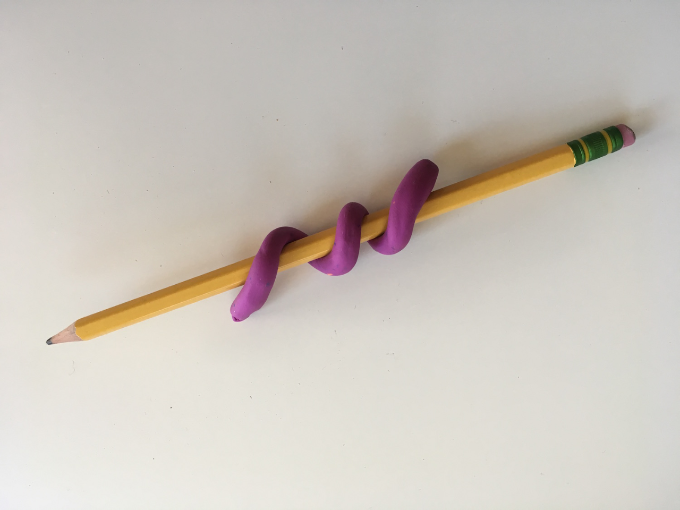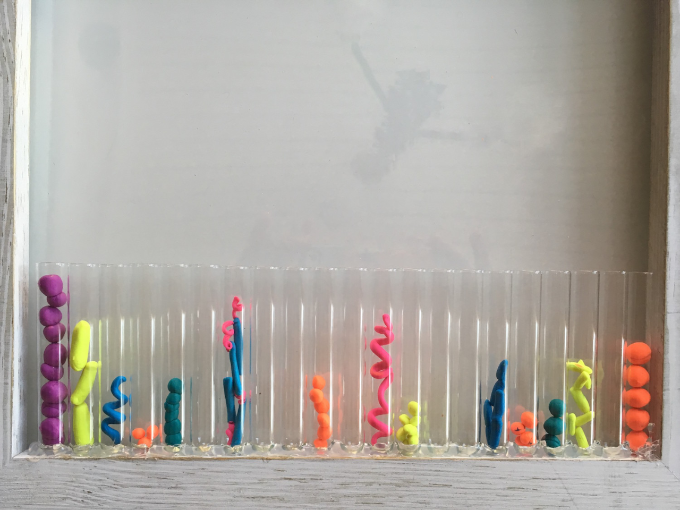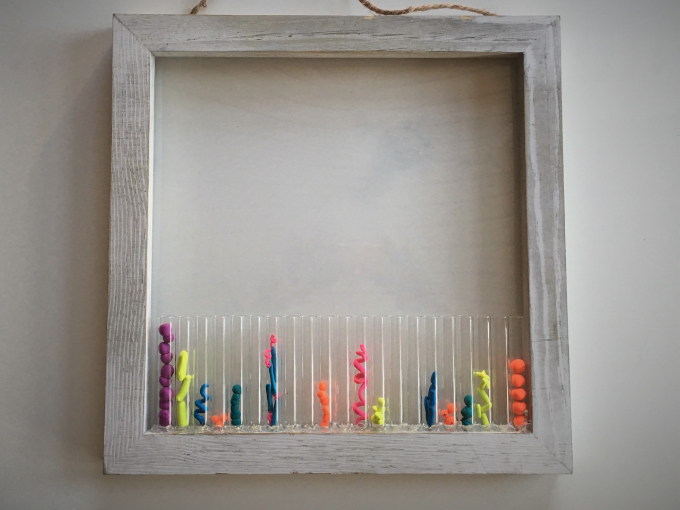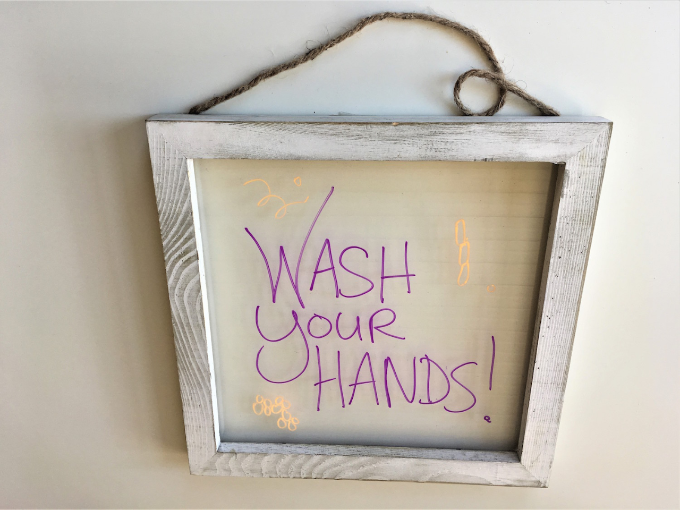This colorful project will remind kids that bacteria are everywhere—and that handwashing with soap and water before every meal is super important!
Play dough and modeling clay make it easy for young scientists to sculpt colorful microbes that can be used to create a microbe zoo. (If your young scientist is ready to grow his or her own microbes, check out The Magic School Bus World of Germs Science Kit.)
You’ll Need
- Play dough or modeling clay
- Small jars or containers for microbes (optional)
- a frame (optional)
What to Do
Step 1: Explain to your young learner that microbes are very important living things that cover almost every surface around us, but that they're too small to see without a microscope. (A book like The Magic School Bus Science Chapter Book #6: The Giant Germ can give a more in-depth explanation.)
Step 2: Tell him that bacteria are one type of microbe. Ask him to say “bacteria.”
